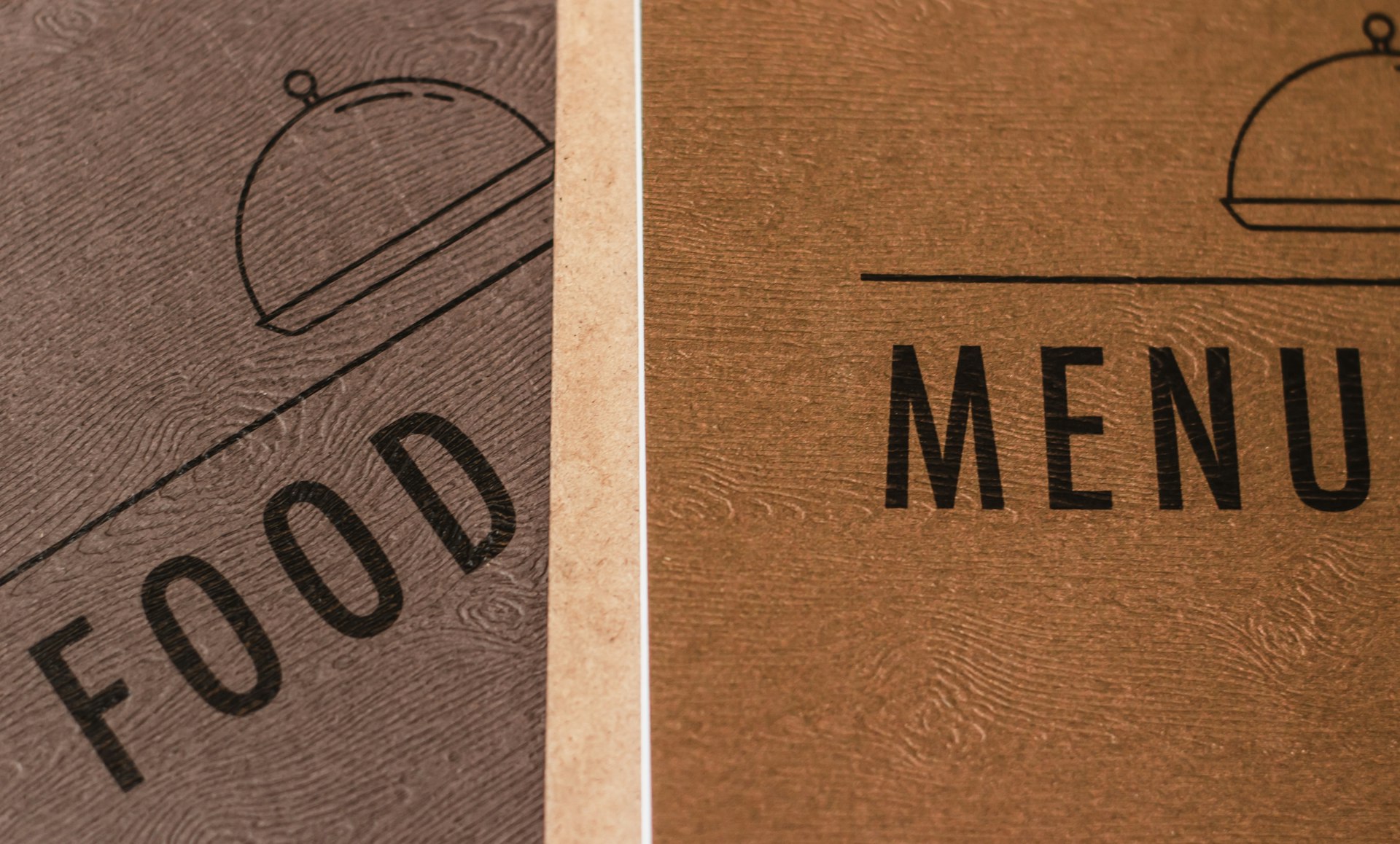Unlocking Plant-Based Protein: Satisfying Recipes, Practical Guidance, and Everyday Solutions

Photo by Trình Minh Thư on Unsplash
Introduction: The Promise of Plant-Based Protein
Choosing a plant-based diet doesn’t mean sacrificing protein or flavor. Whether you’re looking to support muscle health, boost energy, or simply enjoy delicious meals, plant-based protein recipes offer a wealth of options. This guide explores the best approaches, ingredients, and recipes for incorporating more plant protein into daily life, with practical steps and real-world examples. Each section includes actionable guidance for finding, preparing, and enjoying high-protein plant-focused meals.
Understanding Plant-Based Protein Sources
Many people wonder if plant-based diets can provide sufficient protein for health and fitness. The answer is a resounding yes, thanks to the diversity of protein-rich ingredients such as tofu, tempeh, lentils, beans, quinoa, edamame, and nuts [2] . These foods not only supply protein but also essential nutrients like fiber, iron, and healthy fats. For example, a bowl featuring chickpeas, tofu, and quinoa can deliver as much as 35 grams of protein per serving, supporting satiety and muscle recovery.
To optimize your intake, consider combining different plant protein sources throughout the week. Mixing pulses, whole grains, and seeds ensures a balance of amino acids and nutrients. For those new to these foods, start with familiar staples like beans and lentils before exploring tofu, tempeh, and seitan [1] .
Step-by-Step: Crafting High-Protein Plant-Based Meals
Building a protein-rich plant-based meal can be straightforward. Here’s a practical framework you can follow:
- Choose a primary protein source: Lentils, chickpeas, black beans, tofu, tempeh, or seitan. For instance, start with a block of firm tofu or a cup of cooked lentils.
- Add complementary grains: Quinoa, brown rice, or buckwheat not only add protein but also make the meal more filling.
- Incorporate vegetables: Bell peppers, spinach, broccoli, and sweet potatoes boost micronutrients and fiber while complementing the protein source.
- Enhance with healthy fats: Nuts, seeds (like pumpkin or hemp), and avocado enhance satiety and flavor.
- Season generously: Use herbs, spices, citrus, and low-sodium sauces to create depth without extra calories.
For example, a Protein-Packed Quinoa Caesar Bowl combines chickpeas, tofu, edamame, and quinoa, dressed with a creamy vegan Caesar sauce [2] . This structure can be adapted with whatever ingredients you have on hand.
Popular Plant-Based Protein Recipes With Guidance
A wide variety of plant-based recipes deliver both protein and flavor. Here are several well-tested examples, with practical preparation advice and alternatives for different dietary needs:
Red Lentil Pasta with Creamy Tomato & Pepper Sauce
This gluten- and dairy-free dish uses red lentil pasta for a protein boost. The sauce, made from peppers and cashews, is both creamy and nutrient-rich. To make this at home, cook red lentil pasta according to package instructions, blend roasted peppers with soaked cashews and a splash of plant milk, then toss together. For nut allergies, substitute silken tofu for cashews [3] .
Curried Tofu Wraps
Tofu, high in protein and calcium, can be quickly sautéed with curry spices and wrapped in whole-grain tortillas. Add crunchy slaw or leafy greens for texture and extra fiber. For a soy-free version, use chickpea-based tofu or marinated tempeh [3] .
High-Protein Vegan Chili
Combine kidney beans, black beans, lentils, and corn with tomatoes, onions, chili powder, and cumin for a filling, protein-dense stew. This meal can be prepared in batches and frozen for convenience. If you want more texture, add crumbled tempeh or walnut “meat” [4] .
Mushroom Chickpea Tacos
For a gluten-free, high-protein taco, use chickpea flour tortillas and sautéed mushrooms. Chickpeas provide the bulk of the protein and fiber. Top with avocado and salsa for a quick, balanced meal [3] .
Balancing Nutrition and Meeting Daily Protein Needs
Many adults require between 46g and 56g of protein daily, depending on age, sex, and activity level. It is possible to meet or exceed these targets with plant-based meals by combining different sources and planning ahead. For those seeking precise targets, you can use nutrition tracking apps or consult a registered dietitian specializing in plant-based nutrition [2] .
Consuming a variety of protein sources also ensures you receive all essential amino acids. While some plant proteins are “incomplete” on their own, eating a mix of legumes, grains, and seeds throughout the day addresses this concern. For example, pairing beans with rice or lentils with whole-wheat bread creates a complete amino acid profile.
Overcoming Common Challenges and Solutions
Transitioning to plant-based protein can present challenges, such as unfamiliar cooking methods or concerns about taste and texture. Here are practical solutions:
- Texture concerns: Try different preparation techniques, such as baking tofu for crispiness or blending beans into creamy soups. Marinating and seasoning are key for flavor.
- Digestive issues: Some people experience bloating with beans. To reduce this, soak dried beans overnight and rinse canned beans thoroughly. Gradually increase fiber intake to allow your gut to adjust.
- Convenience: Batch cook staples like lentils, quinoa, and tofu on weekends. Pre-made ingredients make meal prep faster during the week.
- Variety: Explore international cuisines that feature plant-based proteins, such as Indian dal, Middle Eastern falafel, or Southeast Asian tofu stir-fries.
Many recipe websites and cookbooks offer tips for beginners, covering both basic and advanced techniques. If you are seeking more inspiration, reputable blogs like Cooking for Peanuts and Plant Based RD provide regularly updated, evidence-based recipes and nutrition advice.
Accessing Further Resources and Recipe Collections
If you want to expand your meal options, you can find a wide range of verified, high-protein plant-based recipes from established sources. Here are some approaches for discovering and accessing these resources:
- Online Recipe Libraries: Search for “high-protein vegan recipes” on respected food sites such as BBC Good Food and Love & Lemons . These platforms regularly update their recipe collections and provide nutritional breakdowns.
- Nutrition-Focused Blogs: Blogs like Cooking for Peanuts and Plant Based RD focus on balanced, protein-rich meals and offer practical tips for meal prep, ingredient substitutions, and making plant-based eating approachable for all experience levels.
- Educational Guidance: If you require personalized nutrition advice, you may consider consulting a registered dietitian. Many offer virtual appointments and specialize in plant-based nutrition.
If you’re searching for specific types of recipes-such as gluten-free, soy-free, or quick meal prep options-try using those terms in your search. For example, search “gluten-free high-protein vegan dinner” or “easy plant-based protein bowl.”

Photo by Nature Zen on Unsplash
Summary: Making Plant-Based Protein Work for You
Plant-based protein recipes offer a practical, nutritious, and delicious way to support your health goals. By understanding key ingredients, following step-by-step cooking strategies, and leveraging trusted resources, anyone can create meals that are satisfying and protein-rich. Remember, variety and planning are essential. If you face challenges, there are proven solutions and alternative approaches to meet your needs. For ongoing inspiration, regularly check the recipe collections and nutrition tips from reputable sources cited below.
References
- [1] Cooking for Peanuts (2024). High-Protein Vegan Meals and Preparation Guides.
- [2] Deliciously Ella (2024). 15 High-Protein Plant-Based Recipes and Tips.
- [3] BBC Good Food (2024). High-Protein Vegan Recipes Collection.
- [4] Love & Lemons (2024). 31 Easy Plant-Based Recipes for Every Meal.
- [5] Plant Based RD (2024). High-Protein Vegan Recipes and Nutrition Tips.



